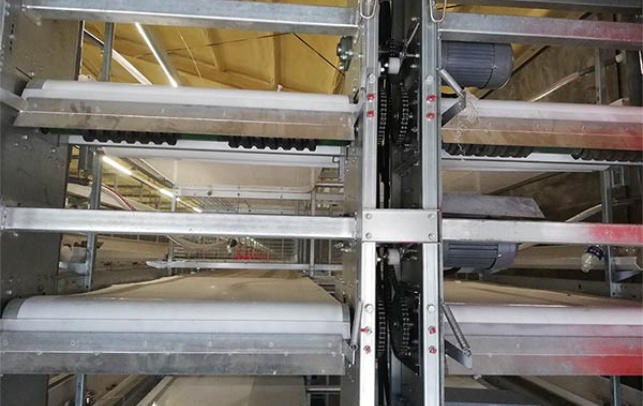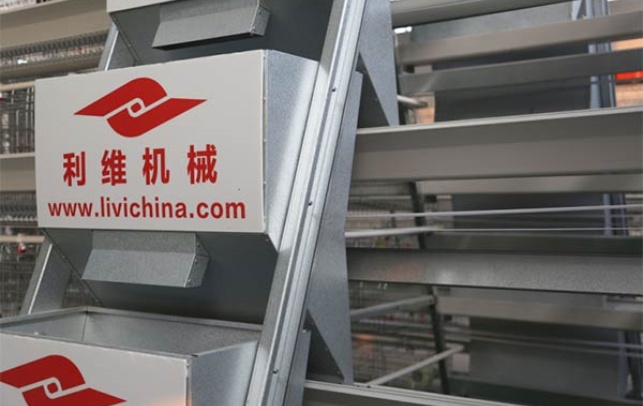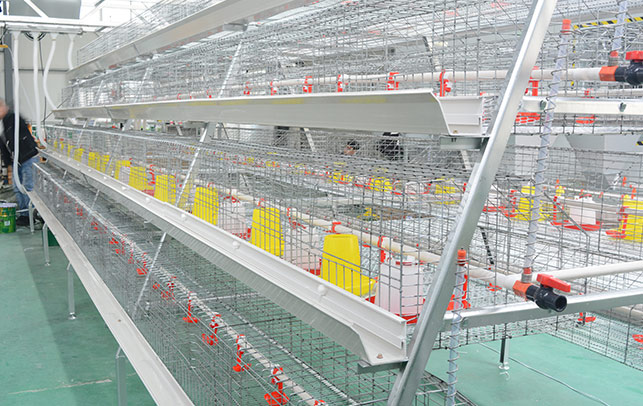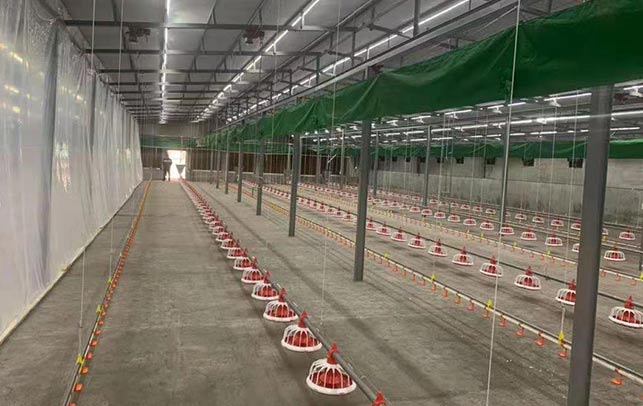How Much Does It Cost to Start a 20,000 Laying Hen Farm in Malawi?
Time : 2024-11-19
Starting a poultry farm can be an exciting venture, especially in a country like Malawi where the demand for eggs is consistently growing. A well-planned operation can not only provide a stable income but also contribute to food security in the region. However, one of the most critical factors to consider before diving into this business is the cost associated with setting up a 20,000 laying hens farm. This article will break down the costs involved and provide insights into how to effectively manage your investment.
Understanding the Costs Involved
When considering the 20,000 laying hens farm costs in Malawi, it’s essential to look at multiple components that comprise the overall expenditure. Here are some of the primary cost categories:
- Infrastructure Costs
- Operational Costs
- Livestock Costs
- Equipment Costs
- Miscellaneous Expenses
1. Infrastructure Costs
The infrastructure forms the backbone of any poultry farming operation. For a 20,000 laying hens farm, you will need adequate housing, which typically consists of specialized layer cages or barns designed to enhance productivity and ensure the health of the birds.
- Cost of Poultry Housing: Depending on the type of housing you choose, the costs can vary significantly. Quality layer cages suitable for 20,000 hens may range from $25,000 to $50,000, depending on the manufacturer and specifications chosen. Modern systems with automated feeding and watering can drive costs higher but are worth the investment for their efficiency.
- Land: Acquiring land can also be a substantial part of the initial investment, especially if you do not already own the property. Depending on location, land prices in Malawi can vary widely but expect to spend anywhere from $5,000 to $15,000 for an appropriate size plot.
2. Operational Costs
Once the infrastructure is established, operational costs come into play. These include daily expenses needed to keep the farm running efficiently.
- Feed: Feed constitutes the largest portion of recurrent costs in poultry farming. For 20,000 laying hens, you might need around 100 tons of feed per month. With average feed prices fluctuating around $300 per ton, expect to budget approximately $30,000 monthly for feed alone.
- Water: Adequate water supply is crucial for the health of laying hens. Installing a reliable water system can cost about $2,000 to $5,000, while monthly bills will generally be lower than feed costs.
3. Livestock Costs
Purchasing laying hens represents another significant expenditure in starting your farm. The price per hen varies based on breed, age, and supplier, but you can expect to pay around $3 to $5 per bird for quality day-old chicks.
- Initial Purchase: For 20,000 laying hens, budgeting between $60,000 to $100,000 for purchasing the birds is advisable, depending on breed and supplier. It’s often wise to work with reputable suppliers to ensure high-quality stock.
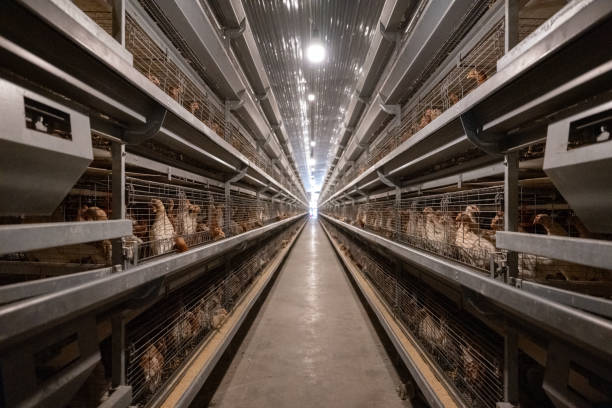
4. Equipment Costs
In addition to housing and livestock, you will need various equipment to ensure smooth operations.
- Feeding Systems: Automated feeding systems can greatly enhance feeding efficiency. If you choose to automate feeding, expect installation costs to be around $10,000 to $20,000.
- Egg Collection and Packaging: Setting up systems for egg collection and packaging can also add to your costs. Budget approximately $5,000 to $10,000 for these necessities, ensuring you have the right tools to maintain product quality.
5. Miscellaneous Expenses
Don’t forget to account for miscellaneous expenses which can sometimes catch new farmers off guard.
- Labor: Hiring staff to help manage the farm is crucial. Depending on local wage rates, budget approximately $500 to $1,500 monthly for skilled labor that understands poultry management.
- Utilities and Maintenance: Consider utility costs such as electricity and maintenance of equipment. Monthly utilities can run between $200 and $500, depending on usage.
- Insurance and Permits: Insurance for your farm operations can protect against unforeseen events. Depending on coverage, expect to pay anywhere from $1,000 to $3,000 annually.
Total Estimated Costs
Adding all these components together gives an estimated startup cost for a 20,000 laying hens farm in Malawi:
- Infrastructure (Housing and Land): $30,000 – $65,000
- Operational Costs (Monthly Feed): $30,000 (first month)
- Livestock: $60,000 – $100,000
- Equipment: $15,000 – $30,000
- Miscellaneous: $2,000 – $5,000
Estimated Initial Investment: $137,000 – $230,000
Conclusion
Starting a 20,000 laying hens farm in Malawi is a significant undertaking that requires careful planning and financial investment. Understanding the 20,000 laying hens farm costs in Malawi can help you prepare adequately and make informed decisions.






